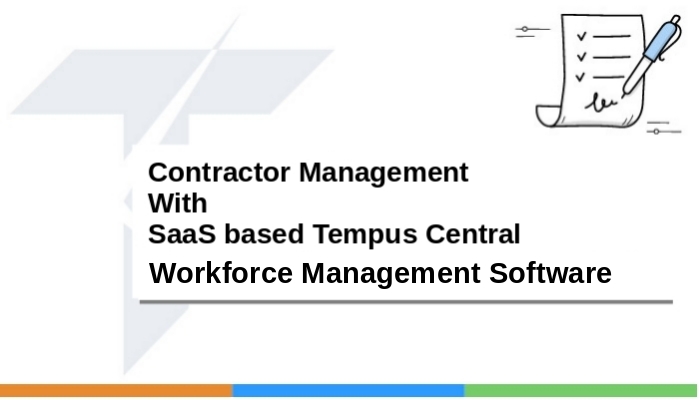
The Importance of Contractor Management in Workforce Management Software
In today’s dynamic business environment, organizations increasingly rely on contractors to meet fluctuating demands, access specialized skills, and maintain operational flexibility. As this segment of the workforce grows, effective contractor management becomes a critical component of workforce management software.
1. Compliance and Risk Mitigation
Contractors often operate under different legal and regulatory frameworks compared to full-time employees. Workforce management software ensures that contractor engagements comply with labor laws, tax regulations, and safety standards. Automated tracking of certifications, contract terms, and work hours helps mitigate legal and financial risks.
2. Operational Efficiency
Managing contractors manually can be time-consuming and error-prone. Integrated software streamlines onboarding, scheduling, and performance tracking. This reduces administrative overhead and ensures that contractors are deployed efficiently, contributing to project timelines and budget adherence.
3. Cost Control and Budgeting
Contractor costs can fluctuate significantly. Workforce management software provides real-time visibility into contractor expenses, enabling better budgeting and cost control. It also helps identify cost-saving opportunities by analyzing contractor utilization and performance metrics.
4. Strategic Workforce Planning
Contractor data integrated into workforce analytics allows organizations to make informed decisions about resource allocation. It supports strategic planning by identifying skill gaps, forecasting labor needs, and balancing the mix of permanent and contingent workers.
5. Enhanced Collaboration and Accountability
With centralized communication and task management features, workforce software fosters better collaboration between contractors and internal teams. Clear documentation of roles, responsibilities, and deliverables enhances accountability and project outcomes.
Conclusion
Contractor management is no longer a peripheral function—it is central to modern workforce strategies. By integrating contractor oversight into workforce management software as as Tempus Central, organizations can ensure compliance, optimize resource utilization, and drive operational excellence. As the workforce continues to evolve, businesses that embrace robust contractor management tools will be better positioned to adapt, compete, and thrive.
